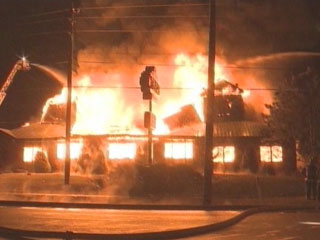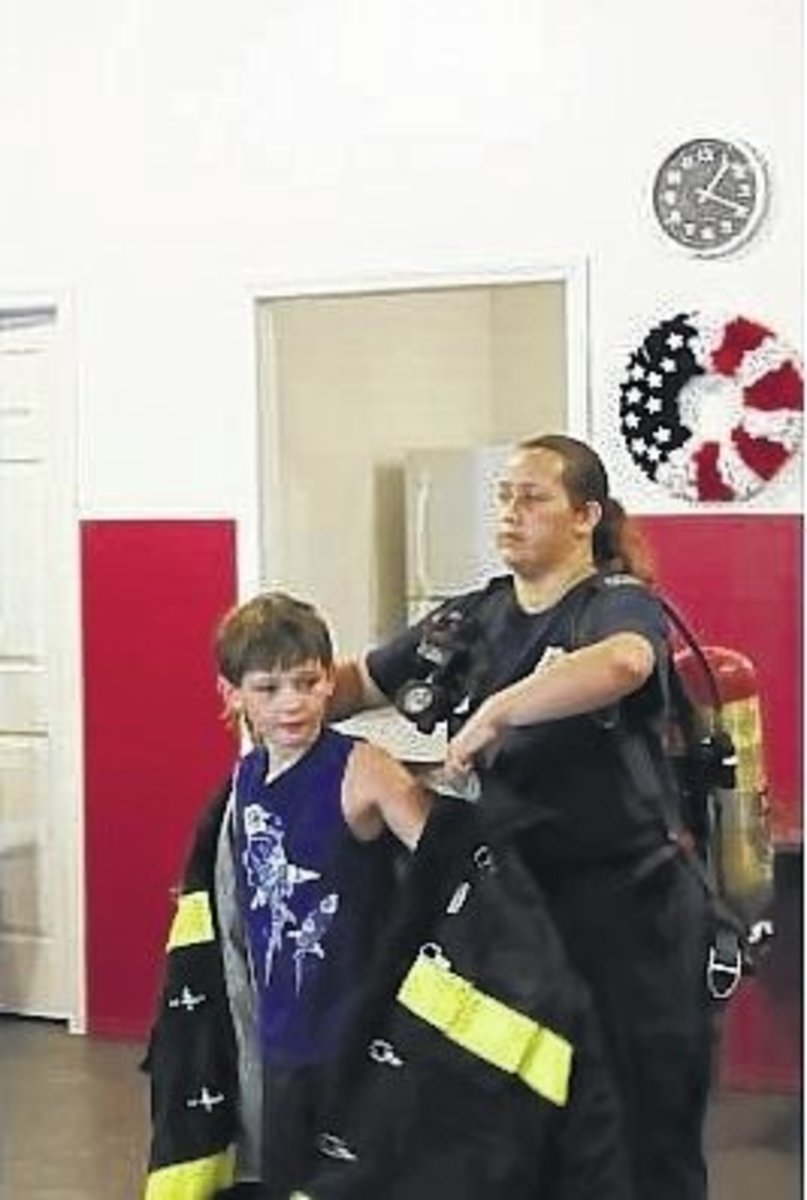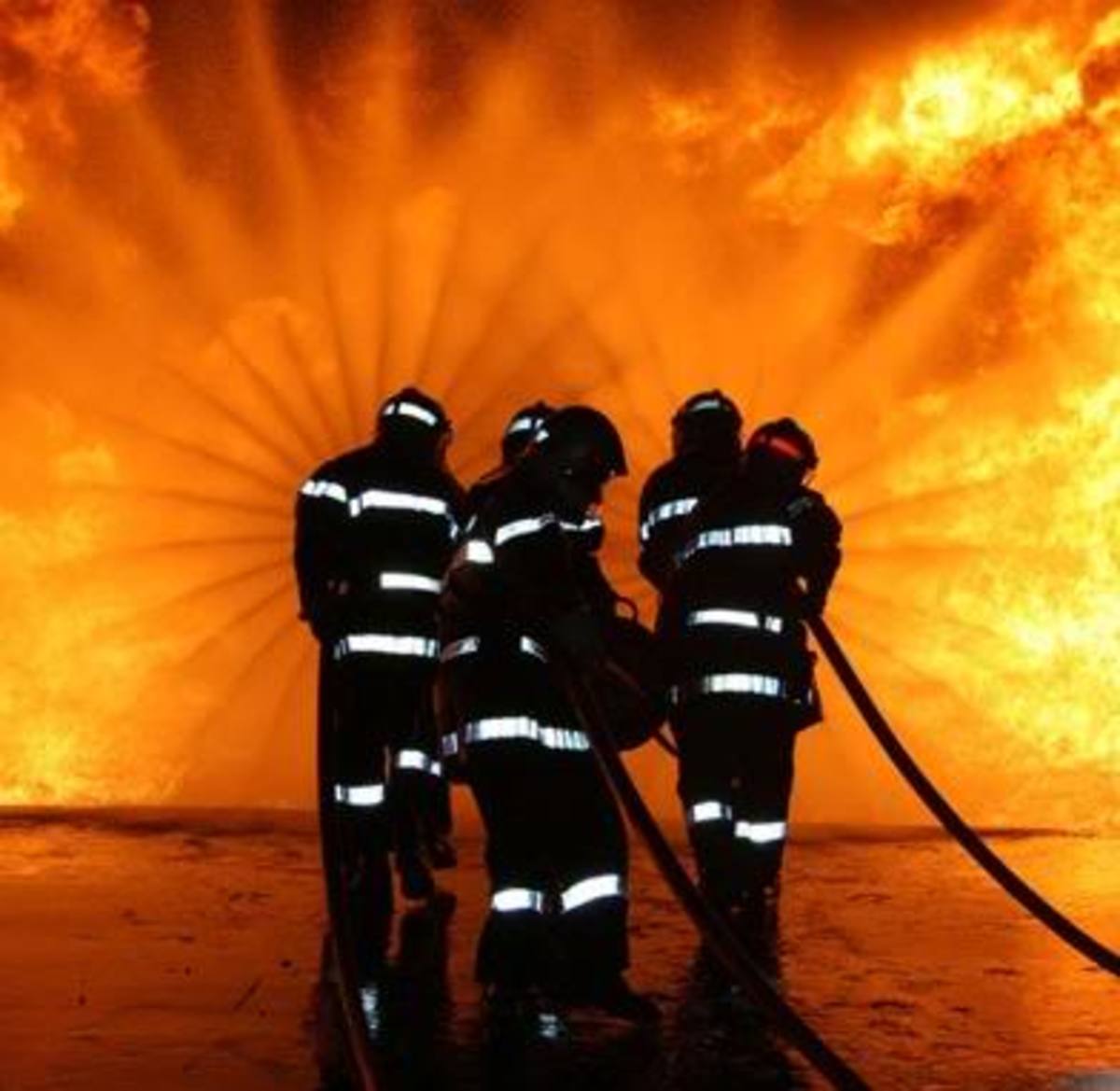So You Want to Be a Firefighter? Part Two - Urban vs Rural

City or Rural - The Mission is the Same
In this article, we will focus on the varying styles of fire departments that one will find across this great nation. Chances are if you live in a major metropolitan area, you have a full-time professional fire service responding to your door. If you live on the outskirts of one of these areas, you probably have some sort of hybrid career/part-time/volunteer service providing coverage. If you live out in the sticks, the best you can hope for is a mostly-volunteer (if not totally volunteer) response force. The good news is that great firefighters can be found everywhere and in all walks of the profession. In fact, the best firefighters are often not determined by their career status, but rather by the situation at hand. Most rural volunteers would not be very helpful or knowledgeable on a 20 story hotel fire; however, these men and women would definitely be the experts when dealing with a wild land or silo fire.
When we talk about “career” departments were are referring to those in which all of the firefighters are state-certified, full-time professionals. In my home state, all career firefighters must possess state certifications in Firefighter I/II as well as maintain an EMT-Basic license. In most cases, new hires will be put through training by their new department regardless of their certification status. Firefighters will work a regular shift, but the format varies wildly from department to department. The most popular schedule is 24 hours on followed by 48 hours off. In an effort to cut down on overtime, some departments on this schedule allow firefighters to pick one day of the week as a non-work day. If a firefighter’s non-work day is Monday, he does not report to work when his shift day falls on a Monday (this occurs once every three weeks). Other popular schedule variations are the ¾ (W-O-W-O-W-O-O-O-O) and 5/6 (W-O-W-O-W-O-W-O-W-O-O-O-O-O-O). Some even work a schedule of five eight-hour shifts a week. Most big city career departments will not only provide fire protection and aid with emergency medical services, but also dedicated resources for auto-extrication, diving, building collapse, confined space and trench rescue, hazardous materials response, and rope rescues. In most cases, all members of the department will receive some entry level training in each specialty, while each team’s members will made to maintain a specific license for that discipline and engage in monthly/annual training. Competition to get hired on these departments is normally extremely high. The United States Fire Administration estimates that 2,413 of our nations 30,170 departments (8%) are career, with career firefighters making up 28% of the total population.
If you live in the suburbs, you probably either have a career department or one with a mix of full-time and part-time employees. The suburban career departments normally operate in exactly the same way as their larger counterparts, just on a smaller level. Most will have an extrication team but will normally not carry all of the additional special operations units. In an effort to control costs, many suburban departments will work out an agreement with their surrounding departments to share the load/costs of these units. While it is generally easier to get hired by these departments, it is still extremely difficult in most cases. The mixed departments are very similar to their suburban-career brothers. They will typically have full-time chiefs and officers. In some cases they will also have a handful of full-time firefighters/engineers. The remaining spots are filled by hiring licensed firefighters to work half-shifts. Typically these are full-time firefighters from other departments. The benefit of this for the suburban department is that it is a cheap way to gain a more experienced work force. This will also help in the dissemination of ideas between departments. The other part-time hires will typically be young kids looking to become career firefighters. It’s a win/win for all involved. The department gets to “try out” the perspective hire, and the young firefighter greatly increases his/her chances of getting hired through proving their worth in the firehouse and on the fire ground. About 6% of the nations fire departments operate in this manner.
As you move away from the city, you see a much greater reliance on volunteers. Volunteers are required to have the same certifications as their professional peers. Many times their departments will cover the costs of this training, but many volunteers are required to bear this burden themselves. Obviously, they receive no compensation for their time and trouble (although in some rare circumstances “volunteers” can be paid by the run). Their departments may or may not have a paid chief and/or officers. Some departments have their volunteers come in and stay at the firehouse. Many just have them wear a pager through which their runs are dispatched. Response models may call for volunteers to come to the station to get apparatus while others simply have the firefighters respond directly to the scene. Almost every volunteer department will have some sort of working agreement with their surrounding departments to pool apparatus. You will find all of the same types of apparatus in the country as you do in the city. Most rural departments will also have Grass Rigs (designed to fight wild land fires) and Tankers (large tanker cars used to transport water to non-hydrated areas). Despite what you might assume, these departments are normally well trained. While they lack the manpower and may not be as aggressive as their city counterparts, they are typically protecting their neighbor’s property or responding on people they know. There is a strong feeling of responsibility felt by these responders to know their trade and do their job well. Volunteer departments make up 70% of all departments with volunteer firefighters accounting for 72% of the national workforce.
Next article I will examine some of the pro’s and con’s of this line of work. I hope you will check it out!!
- So You Want To Be a Firefighter? Part Three - The Most Important Questions
Part Three in series of articles designed to give some insight into the career of a firefighter. This article focuses on the pros and cons of pursuing this line of work. It asks the tough questions a perspective firefighter might not even realize the - So You Want to Be a Firefighter? Part One - Introduction
Part one of a multi-hub look at the profession of firefighting through the eyes of an Indianapolis fireman. Over the series of articles, I plan to examine topics such as the hiring process, recruit school, company life, Engine work vs Ladder Work, ov








